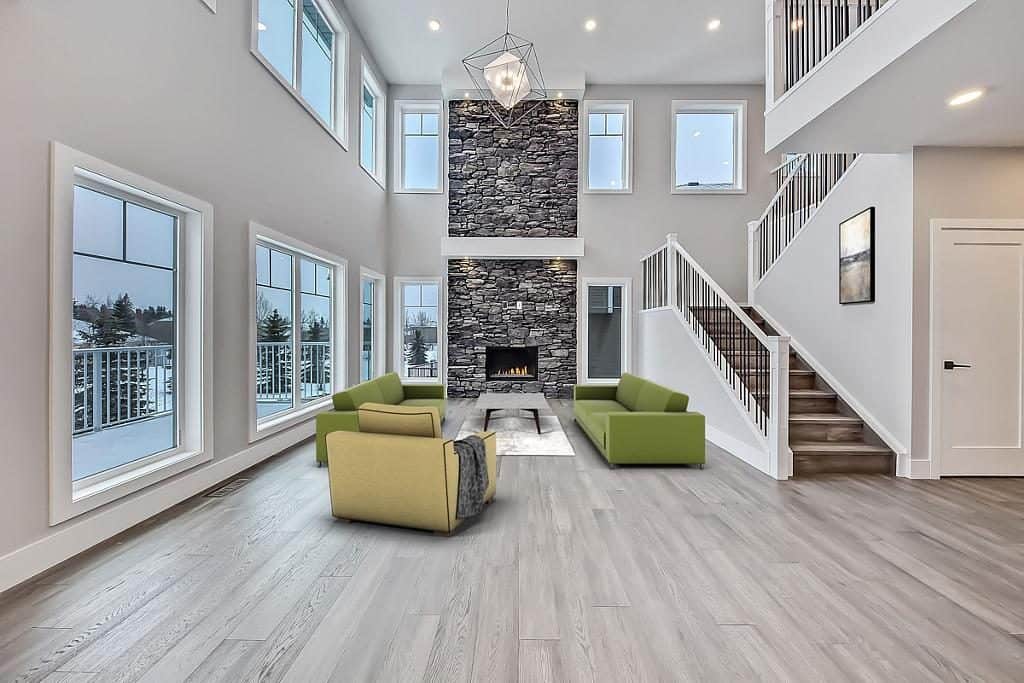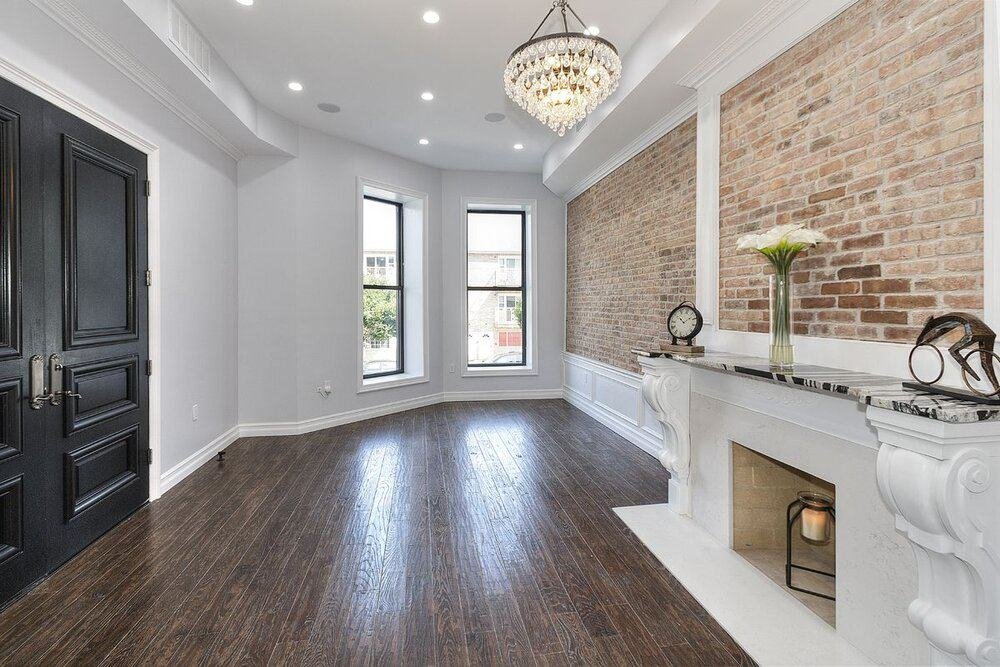Enhance Your Interior Style With Comprehensive Color Consultation
The combination of color appointment right into interior decoration offers a distinct chance to improve and elevate the psychological and visual resonance of a space. By engaging with a skilled shade professional, you can browse the complexities of color choice, ensuring that your choices not only enhance building features however also reverberate with personal style and emotional effect. This tactical partnership can significantly influence the general ambience of your atmosphere, cultivating a feeling of harmony and purpose. However, comprehending the nuances of this procedure is essential-- what essential facets should be considered to accomplish optimum results?
Benefits of Shade Examination

Furthermore, color consultation help in making the most of natural light and optimizing spatial understanding. Lighter tones can make an area show up even more expansive, while darker tones produce an intimate setup. Cleveland Metro Painting Specialists. This critical application of shade can considerably affect the total ambiance of any kind of interior room
In addition, professional experts possess an extensive understanding of timeless classics and current fads, ensuring that the picked colors will remain attractive over time. This insight can conserve customers from expensive redesigns in the future. Finally, shade assessment encourages clients by offering them with a clear vision and direction, fostering confidence in their design selections and eventually resulting in an extra effective and gratifying interior layout end result.
Understanding Color Psychology
The significance of shade psychology in indoor design can not be overstated, as it looks into the mental and emotional impacts that various colors can stimulate in individuals. Colors can influence mood, behavior, and even productivity, making them an important consideration in any kind of layout job.
As an example, cozy colors such as red, orange, and yellow are often connected with energy and warmth. They can stimulate feelings of exhilaration and comfort, making them ideal for social areas like living kitchens or rooms. On the other hand, trendy colors like blue, environment-friendly, and purple often tend to stimulate peace and serenity, making them ideal for bed rooms or reflection areas.
Furthermore, making use of neutral tones can produce a balanced environment by enabling the bolder colors to stand out without overwhelming the senses. Recognizing these psychological impacts allows developers to develop spaces that not just look cosmetically pleasing but also advertise emotional wellness.
Including shade psychology right into indoor design involves a thoughtful option of hues tailored to the desired function of each area, ultimately enhancing the overall experience for its passengers. This understanding is crucial for attaining a harmonious and functional interior setting.
The Shade Wheel Clarified
Comprehending the partnerships in between tones is essential for effective indoor layout, and the shade wheel acts as a valuable tool in this process. The shade wheel, created by Isaac Newton in the 17th century, shows the range of shades prepared in a circular format. It comprises primaries-- red, blue, and yellow-- that can not be produced by blending various other shades. Second shades, developed by combining primaries, consist of eco-friendly, orange, and purple. Tertiary shades arise from mixing a main and a secondary shade, resulting in shades such as blue and red-orange.
The shade wheel aids designers understand the partnerships between shades, including corresponding, similar, and triadic schemes. Corresponding colors, positioned opposite each other on the wheel, produce vibrant contrasts that can stimulate a space.
Making use of the shade wheel in interior style not just enhances aesthetic allure but also evokes particular emotions and environments, making it an essential referral for color appointment. Recognizing these partnerships inevitably empowers developers to develop areas that are both functional and aesthetically captivating.
Picking the Right Scheme
Commonly, selecting the right palette is a decisive factor in accomplishing an effective interior decoration project. An appropriate shade scheme can combine a room, boost its attributes, and evoke wanted emotions. To start, think about the objective of the room. Various spaces serve diverse functions and need combinations that show their designated usage; for circumstances, relaxing colors such as soft blues or environment-friendlies function well in bedrooms, promoting moved here leisure.
Next, think about the natural light readily available. Light can drastically change just how shades show up, so it is vital to analyze the area at various times of the day. Furthermore, take into consideration existing architectural components and home furnishings. A harmonious palette should complement these functions, producing a natural appearance throughout the space.
When choosing shades, use the 60-30-10 rule, which suggests that 60% of the space need to be a leading shade, 30% a second shade, and 10% an accent color. This ratio guarantees balance and visual rate of interest (Cleveland Metro Painting Specialists). Finally, sample shades on the wall surfaces prior to devoting, as this allows you to see just how the tones connect with each other and the total setting they create in your interior decoration job.
Dealing With a Shade Professional

When collaborating with a color professional, the process usually begins with a preliminary examination. Throughout this conference, you'll review your vision, choices, and the existing elements in your room. The consultant will evaluate your requirements and might advise certain color palettes that straighten with your objectives.
After developing a direction, the specialist will certainly provide samples and aesthetic help to help you imagine the recommended color pattern. This step is crucial, as shades can appear in different ways under differing illumination conditions.
Furthermore, a color professional can direct you in choosing complementary home furnishings, artwork, and devices to balance with your picked palette. By teaming up closely, you can accomplish a refined visual that elevates your interiors and creates a welcoming ambience. Eventually, the know-how of a shade consultant can dramatically boost the total influence of your layout job.
Conclusion
In recap, extensive shade assessment functions as an essential device for enhancing interior layout. By leveraging professional expertise of shade psychology and spatial characteristics, a customized color palette can be developed to stimulate details emotions and produce a harmonious environment. This tactical technique not just cultivates a natural layout narrative yet also mitigates the risk of costly redesigns. Eventually, involving with a color consultant ensures an educated and aesthetically pleasing outcome, raising the total experience of the space.
By engaging with a seasoned shade specialist, you can navigate the complexities of color choice, ensuring that your options not just complement architectural functions but likewise reverberate with personal design and psychological impact. It makes up main colors-- red, blue, and yellow-- that can not be created by mixing other shades.The shade wheel aids developers grasp the relationships in see between shades, including complementary, similar, and triadic systems.When selecting colors, utilize the 60-30-10 rule, which suggests that 60% of the space should be a leading shade, 30% a second color, and 10% an accent shade. By leveraging specialist knowledge of color psychology and spatial dynamics, a tailored shade combination can be developed to stimulate particular emotions and develop a harmonious environment.